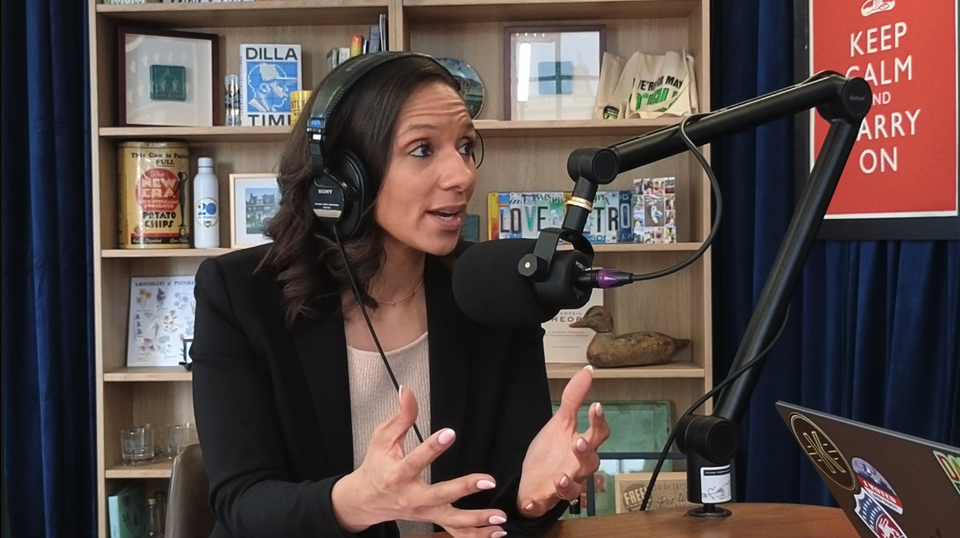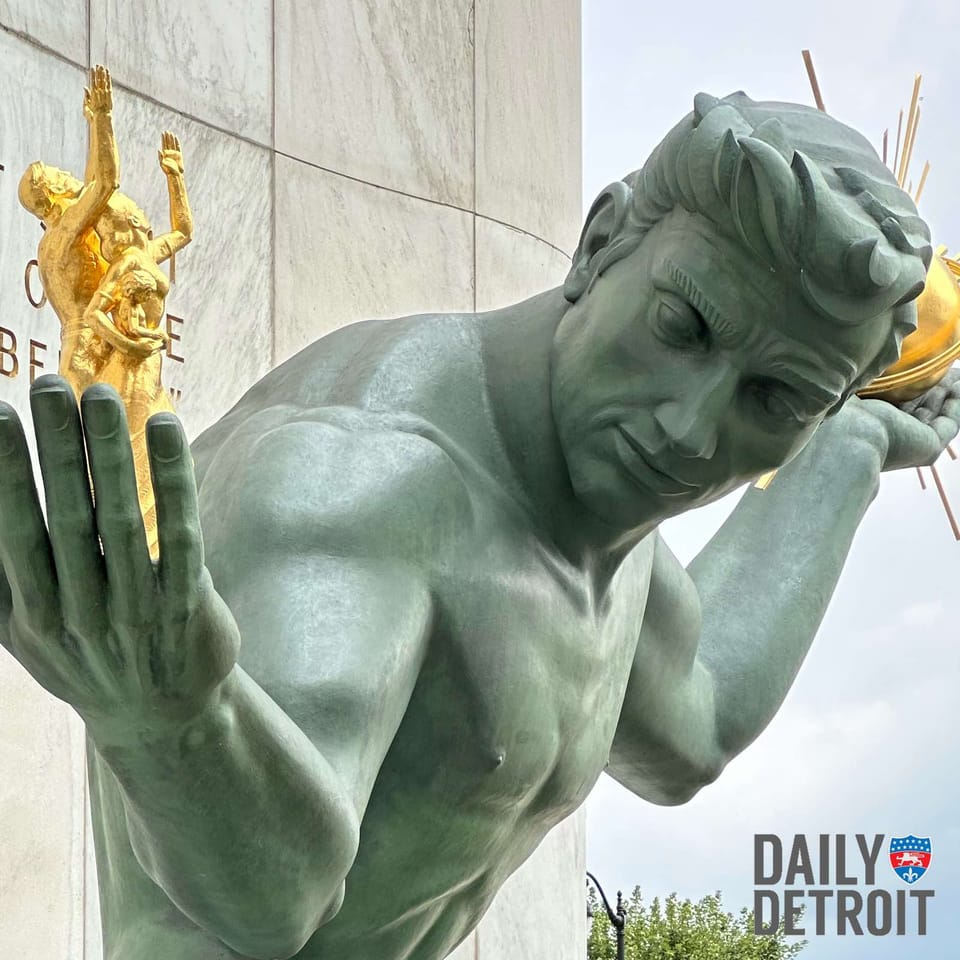How many Detroit River tunnels connect Detroit and Canada? If you said one, you’re wrong.
In addition to the Detroit-Windsor Tunnel, there’s the Michigan Central Railway Tunnel, the lesser-known of the two. However, the Michigan Central Railway Tunnel is the older tunnel, and it handles freight train traffic.
Construction on the Michigan Central Railway Tunnel began in October 1906, and the tunnel opened for trains in July 1910, 20 years before the Detroit-Windsor Tunnel opened.
Both tunnels were built using the immersed tube method, meaning that sections of steel tube were floated into place in the river and then sunk into a trench in the river bottom to form the tunnel.
The tunnel is approximately 1.6 miles long and it cost over $8 million to build. The New York Central Railway’s engineering vice president, William J. Wilgus oversaw the construction. In 1906, the tunnel was operated by the Michigan Central Railroad. It has since changed hands many times throughout the years. Currently, the tunnel is owned by the Canadian Pacific Railway and Borealis Transportation.
The Michigan Central Railway Tunnel was the first immersed tube tunnel to carry traffic, namely passenger cars and freight trains from Detroit to Windsor. Before the tunnel was opened, rail cars were shipped between Detroit and Windsor by ferry. The tunnel’s opening allowed for a more convenient and faster way to get goods and rail cars from one city to the other. Today, the Michigan Central Railway Tunnel sees about 400,000 railcars pass through it annually.
Want to find the tunnel and see it for yourself? On the Michigan side, the tunnel connects with what was the Michigan Central Railroad main line west of downtown. If you stand on Bagley Avenue on the street bridge that crosses the tracks with Michigan Central Station at your back, you can see the tunnel. On the Windsor side, the tunnel surfaces right behind Price Self Storage, located at 694 Cameron Ave.
You probably won’t be able to get close to the tunnel itself. The land around it is off-limits to the public and is routinely patrolled by the Homeland Security, the Canadian Pacific Police Service, CN Police, and the Detroit Police Department. But here’s a video someone took to take a look for yourself.















